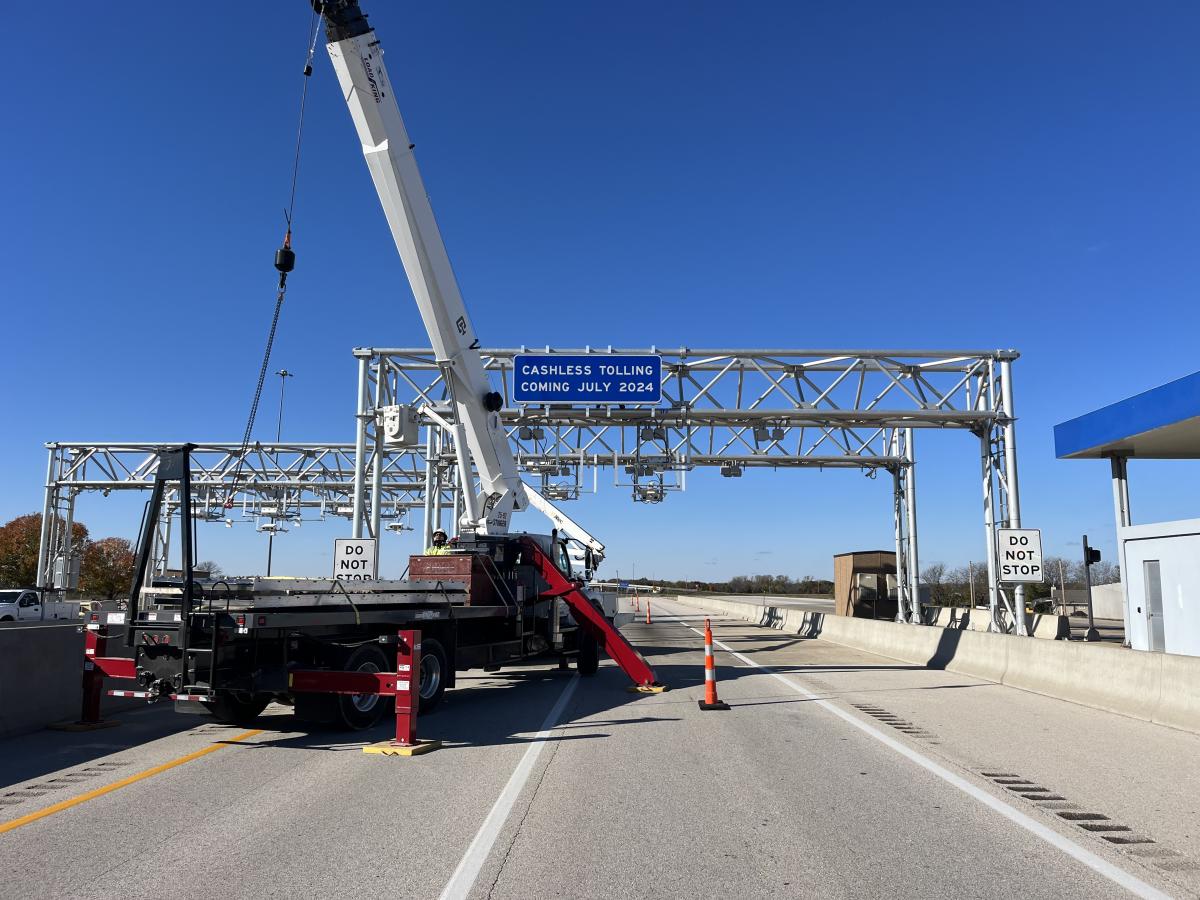Beginning in July 2024, the Kansas Turnpike will convert to cashless tolling. This means that there will no longer be on-road toll collection and all customers will keep moving.

Customers will be identified by a transponder such as KTAG or by license plate registration information. DriveKS will be Kansas’ new toll payment system, whether a customer has a KTAG or is identified by their license plate. Statements and customer communication will come from DriveKS. Customers who use a compatible transponder from another state will continue using their existing account to pay their toll.

For customers who use KTAG, not much will change: transactions rather than trips will be listed on statements, and statement dates will likely change to increase efficiency and customer service. When cashless tolling begins, KTAG accounts will automatically convert to DriveKS accounts. Customers using KTAGs in their vehicles will pay the lowest toll.
Customers who do not use a transponder will have new ways to pay: create an account prior to travel or wait for a mailed bill and pay using the tools listed on the statement. Limited online functionality will be available for customers who wish to pay after driving but before they receive a statement.

Additional information is available at www.DriveKS.com, and direct communication with customers will increase in the spring. Cashless tolling offers a safer, more efficient, and higher quality customer experience. Kansas-based customer service teams in Wichita, Topeka and Lawrence are available in person or by phone, mail or email.
Cashless tolling is the biggest change in the way tolls are collected on the Kansas Turnpike since 1995 when KTAG was introduced to electronically identify customers and facilitate toll payment. By 2014, nearly half of Turnpike customers were using a KTAG, and the Kansas Turnpike Authority (KTA) was on the brink of its first compatibility agreement with Oklahoma. This effort to accept Oklahoma Pikepass brought additional conversation about the capacity of Kansas’ electronic lanes, which still used gates that routinely congested traffic on exit.

A 2014 review of manual toll collection staff revealed that nearly 70 percent would be of retirement age within the following decade. Faced with a drastic turnover in the workforce, aging cash collection equipment, and a need for capacity to support additional transponder customers, KTA saw opportunity among the challenges. Out-of-state travelers – an estimated half of Turnpike customers – and Kansans traveling cross country were bringing their expectations and experiences back to Kansas. As toll roads across the country began moving to cashless tolling, more and more customers were asking when the Kansas toll booths would be a relic of the past.

Toll booths have been a part of the Kansas landscape since the 236-mile Turnpike opened in 1956. Despite common belief, there was no formal plan to remove tolls, and throughout the years, KTA has never received state or federal funding. Instead, the Turnpike is supported entirely by revenue generated on the roadway.


